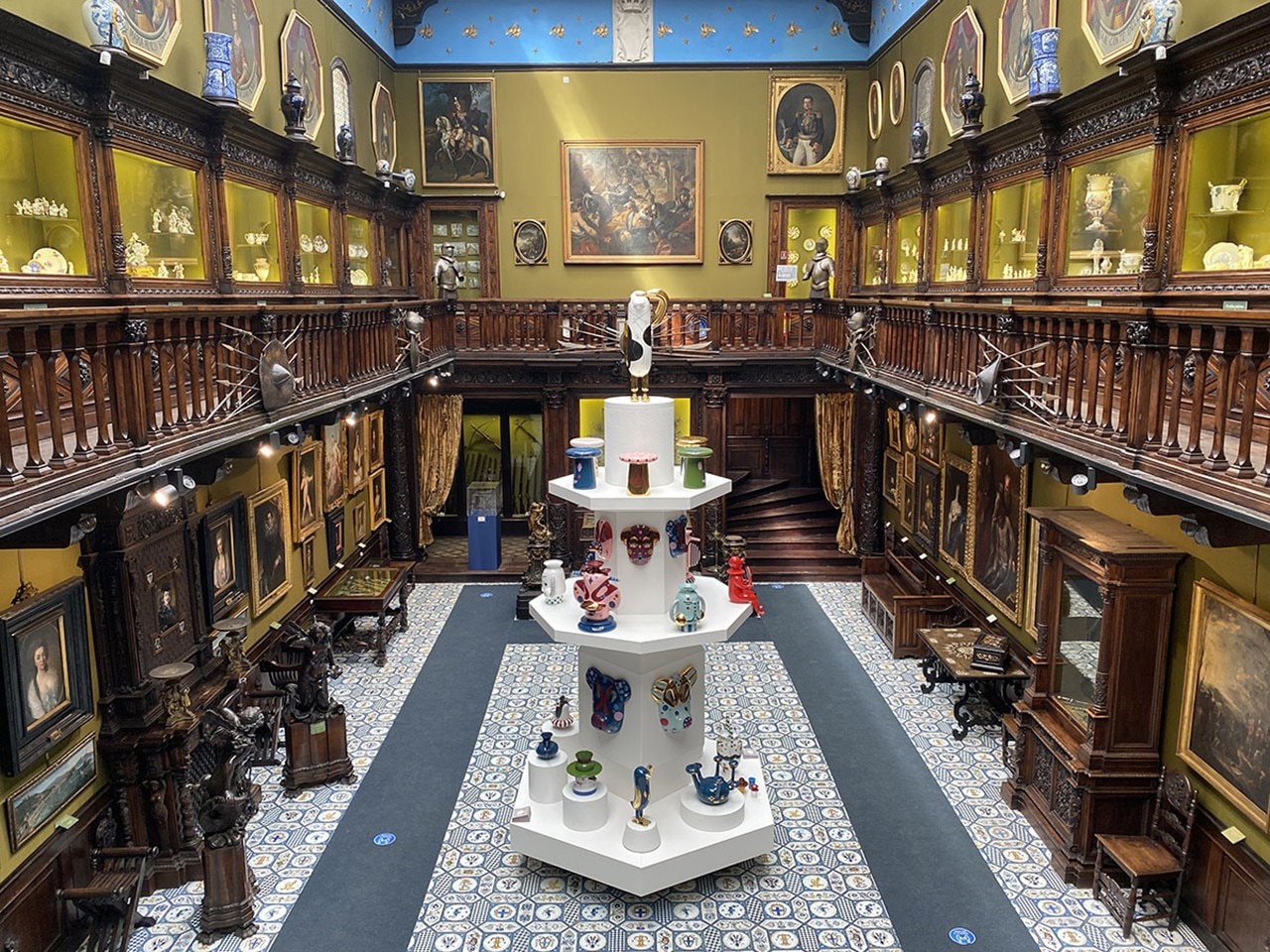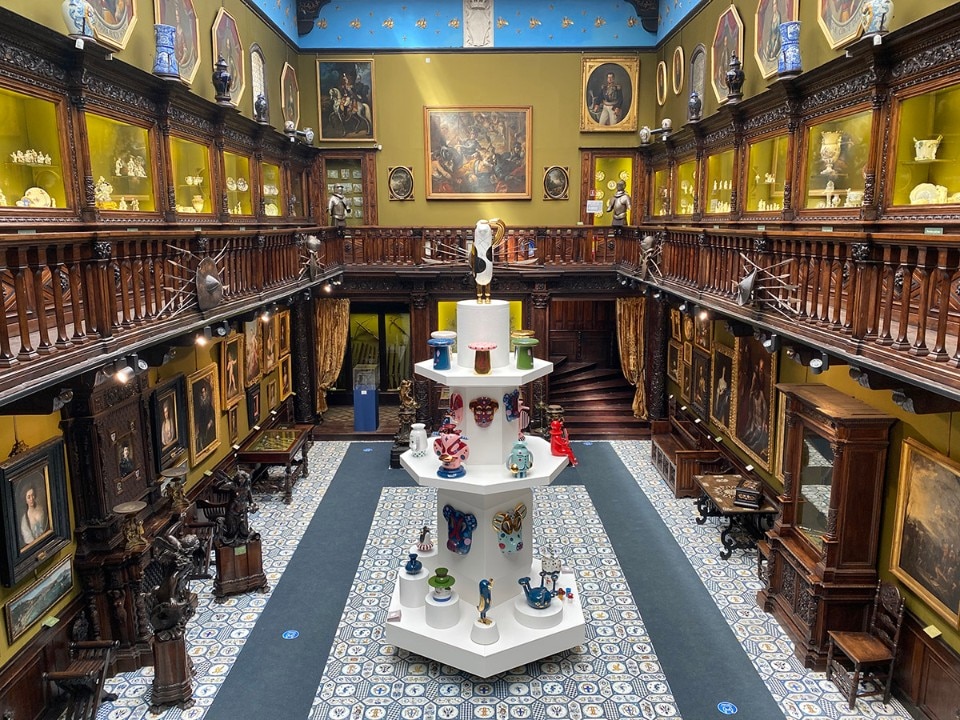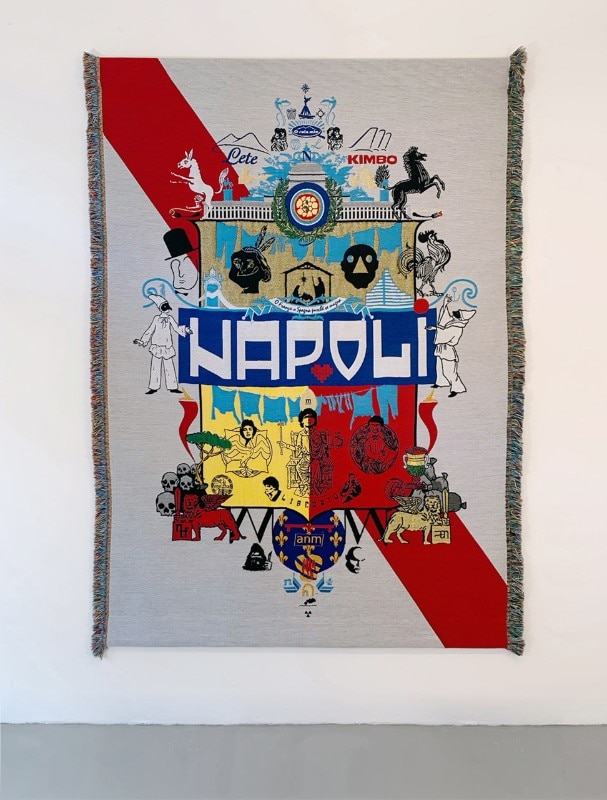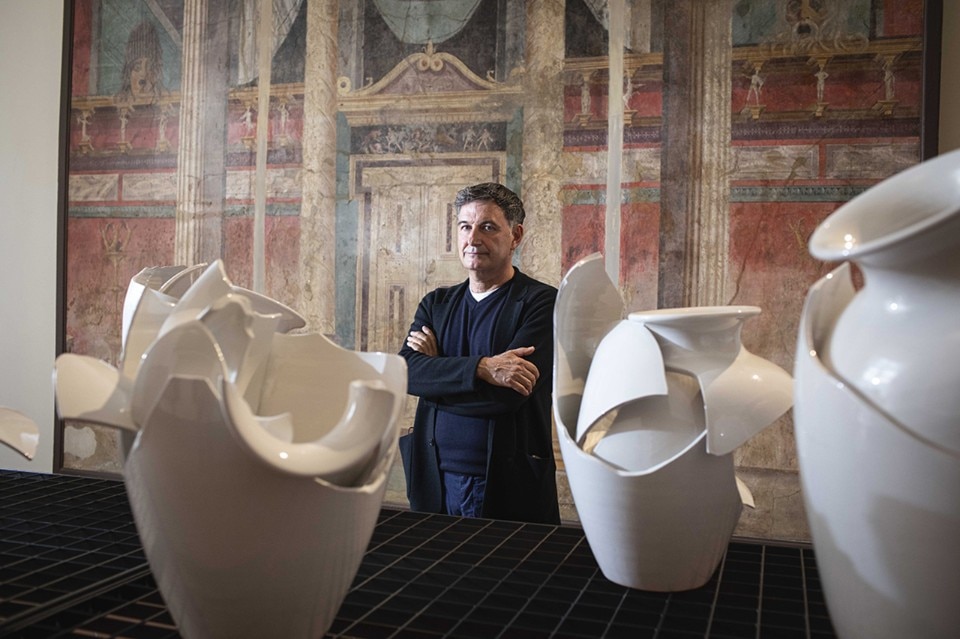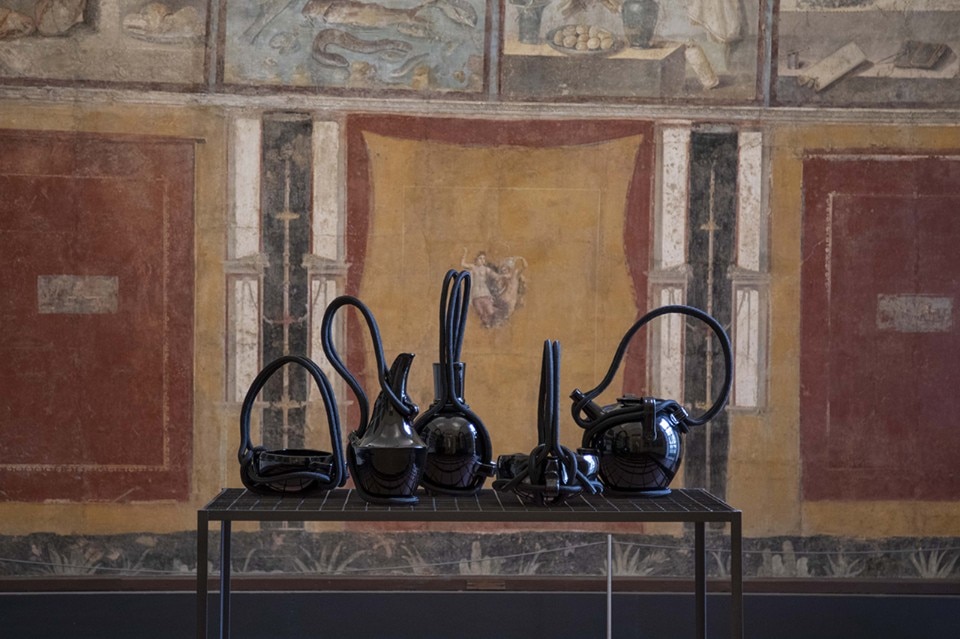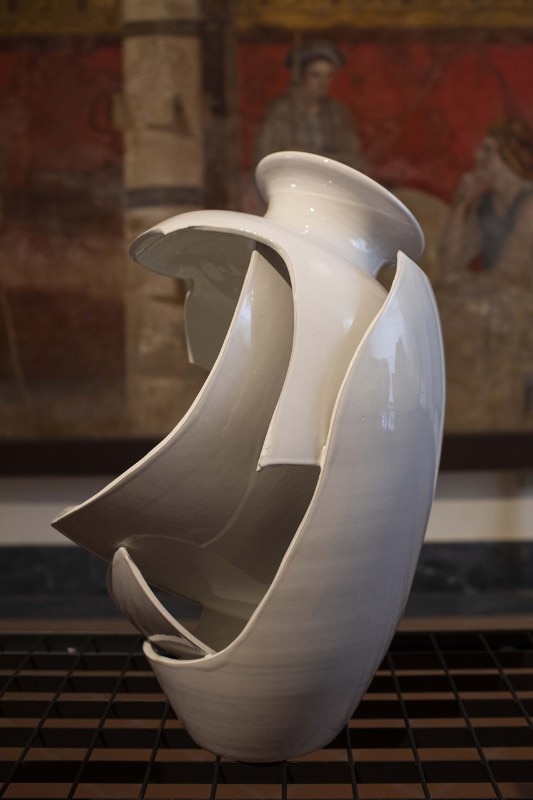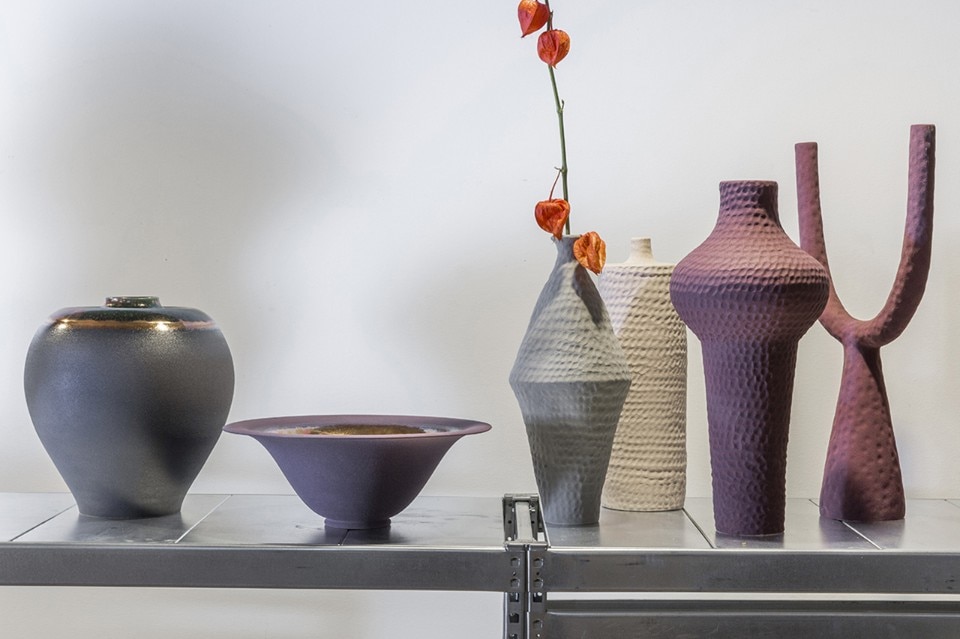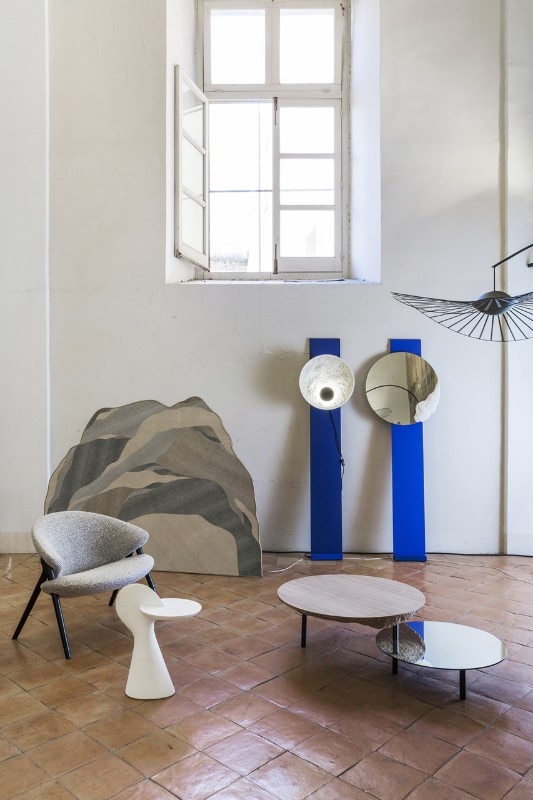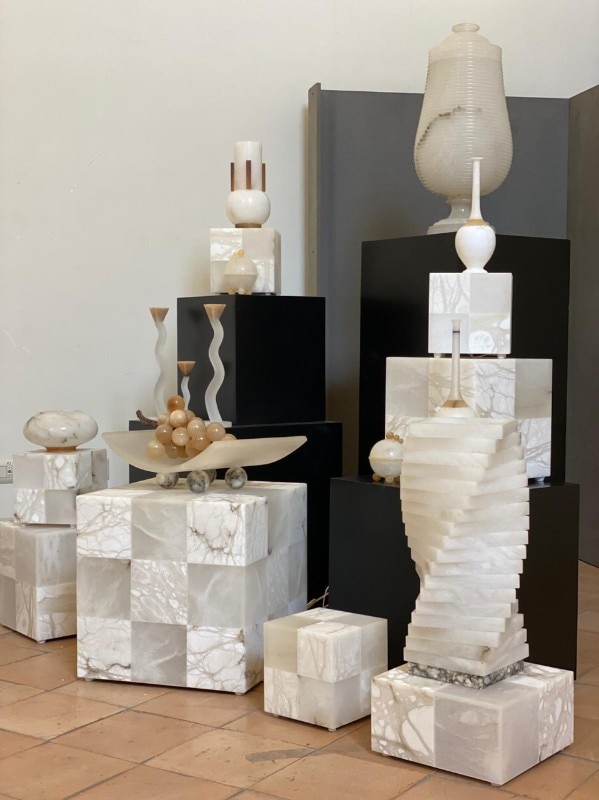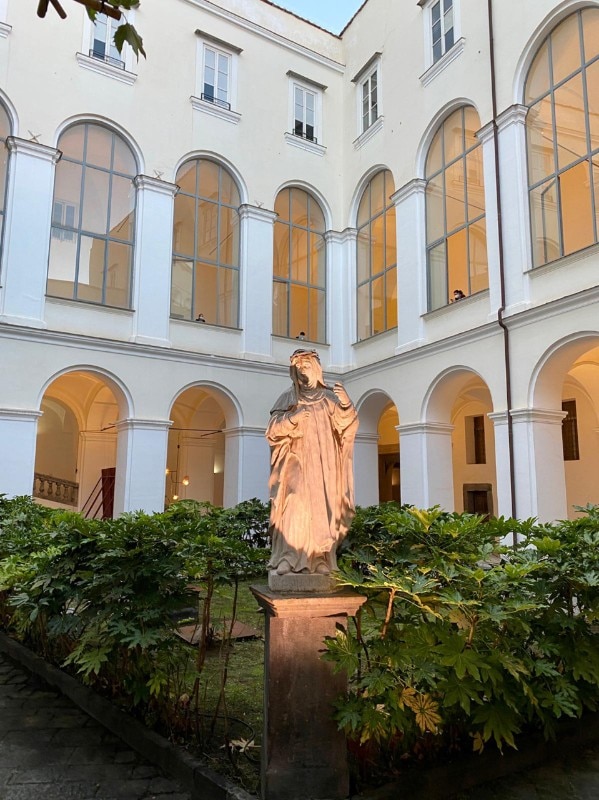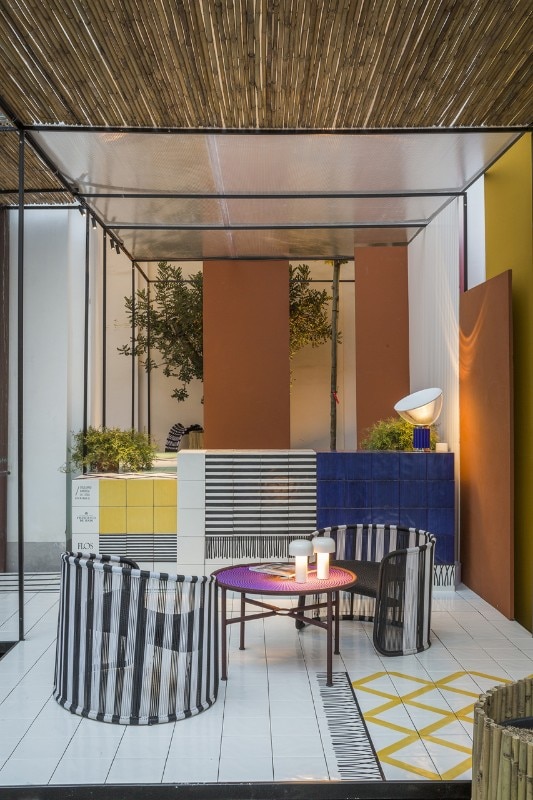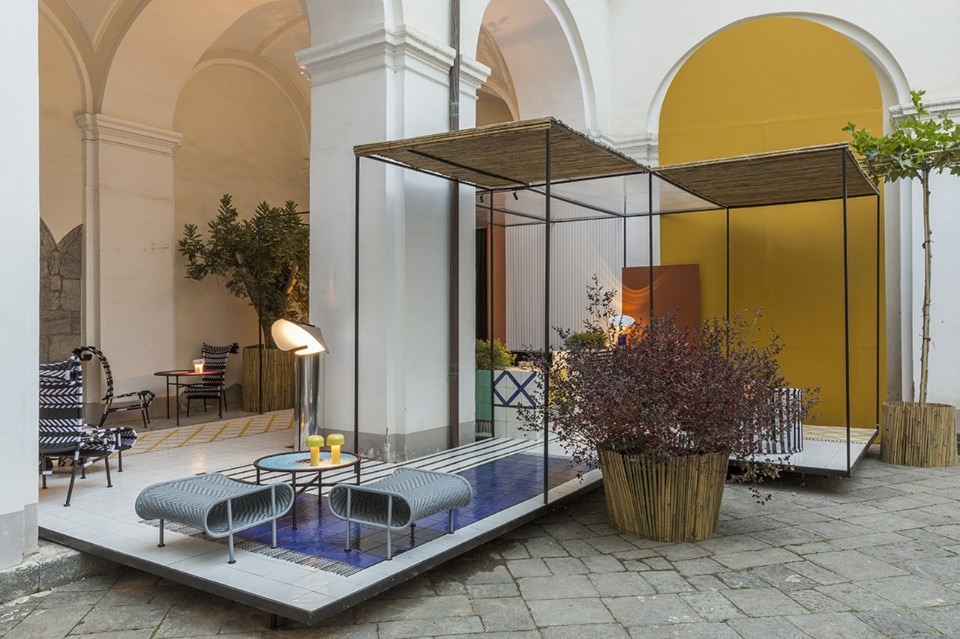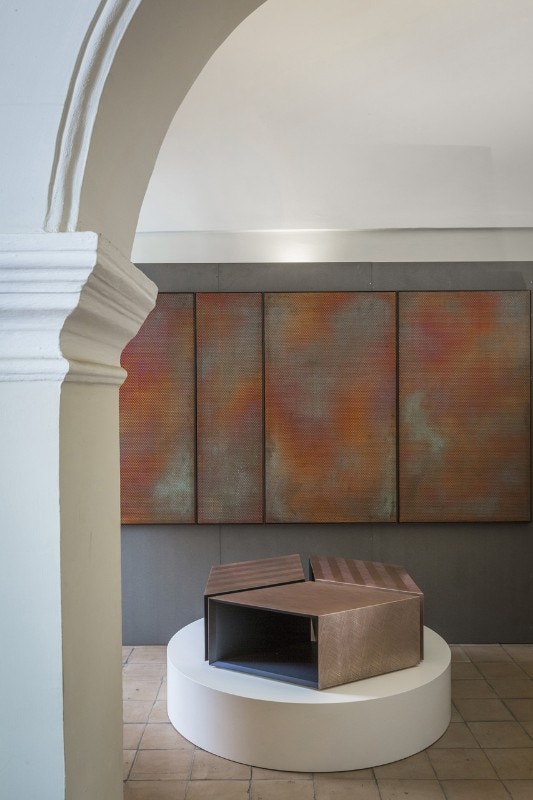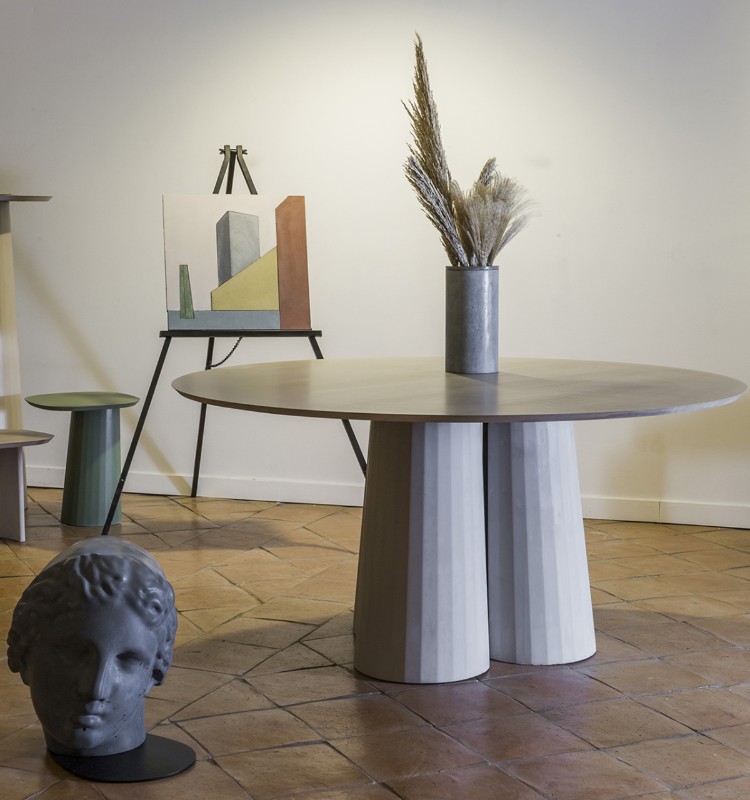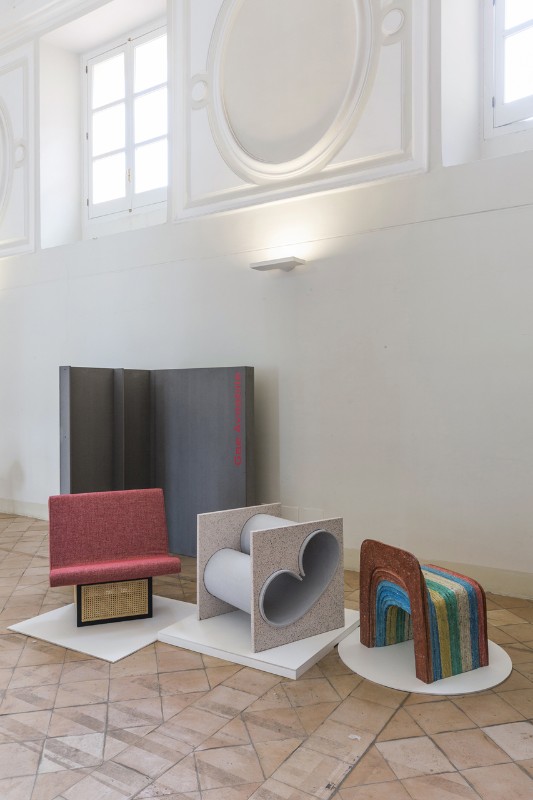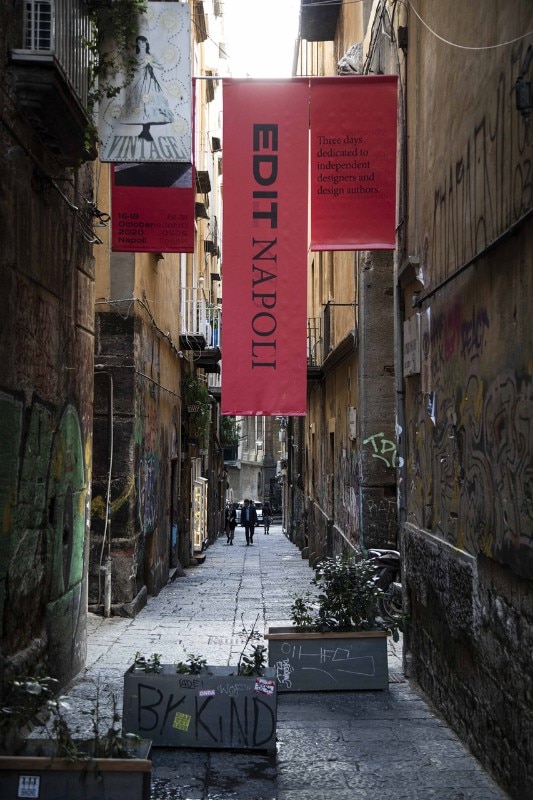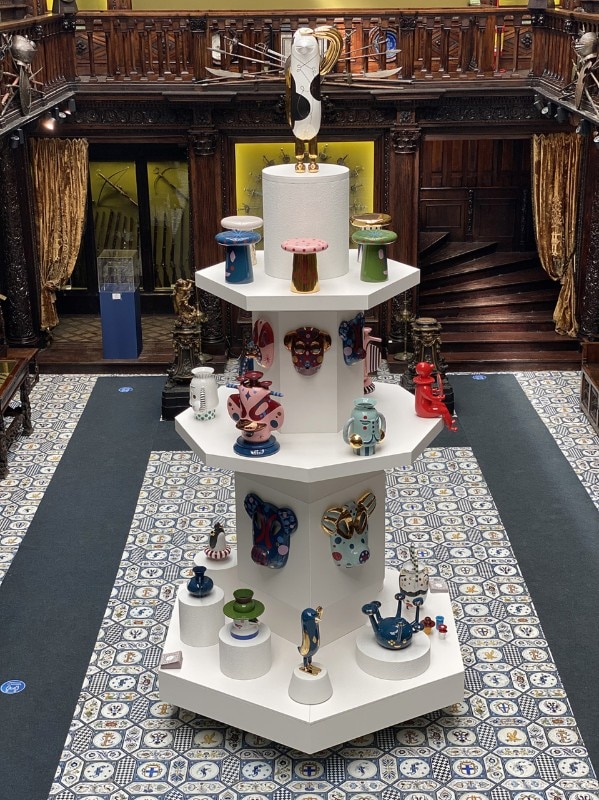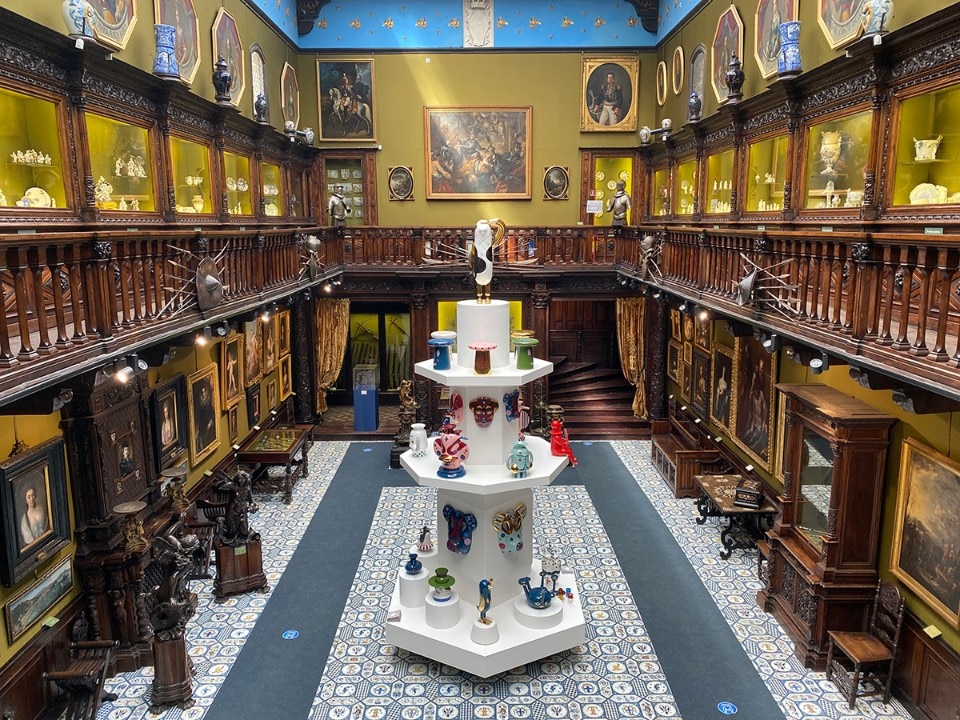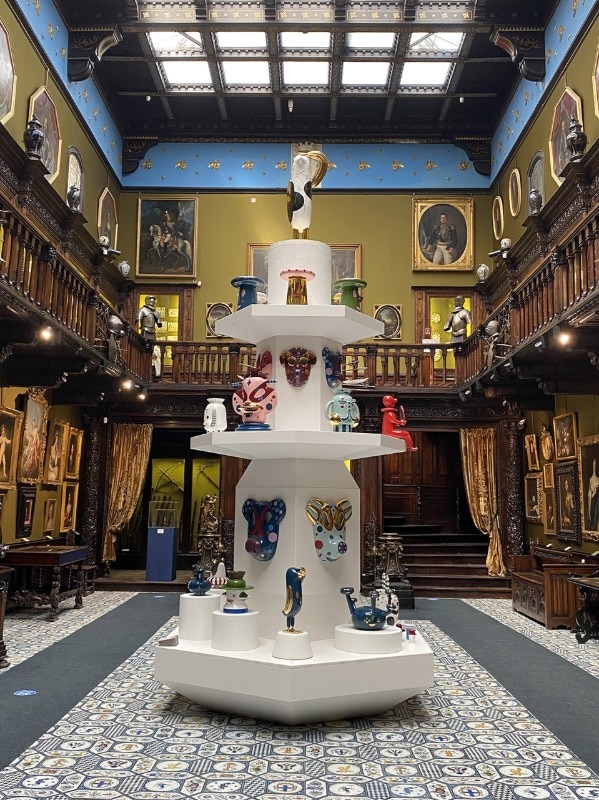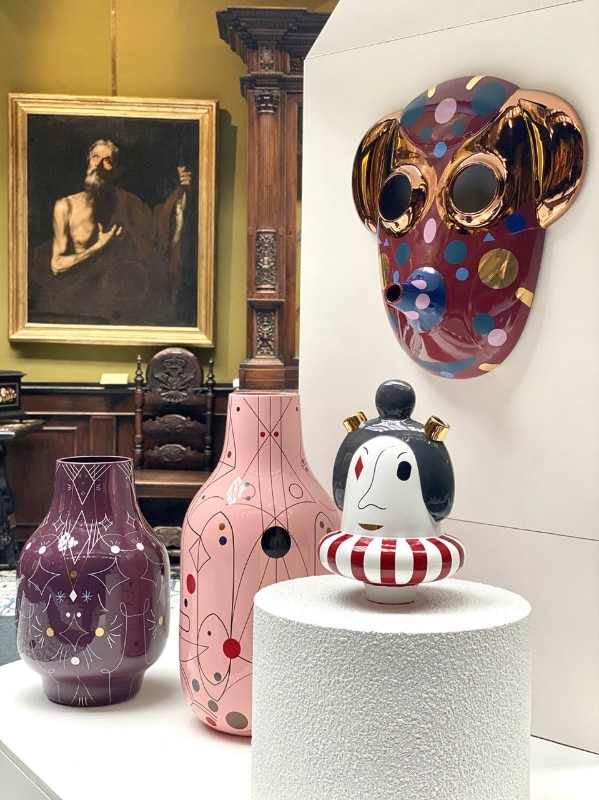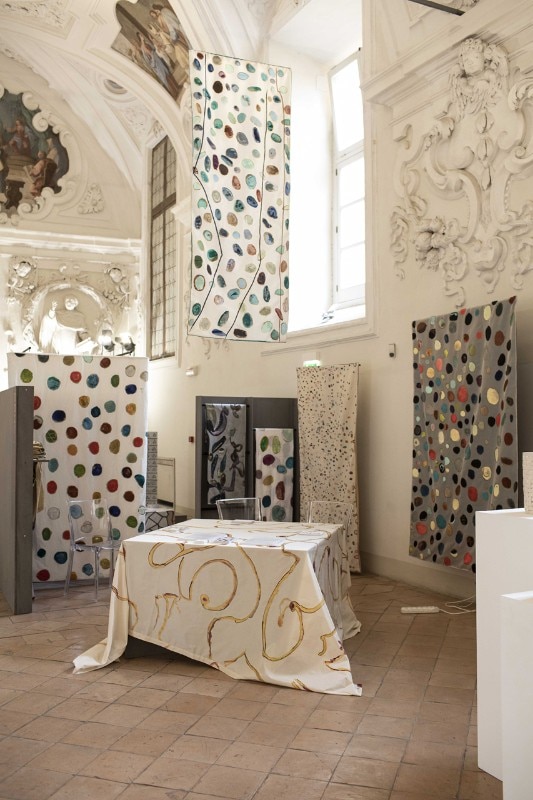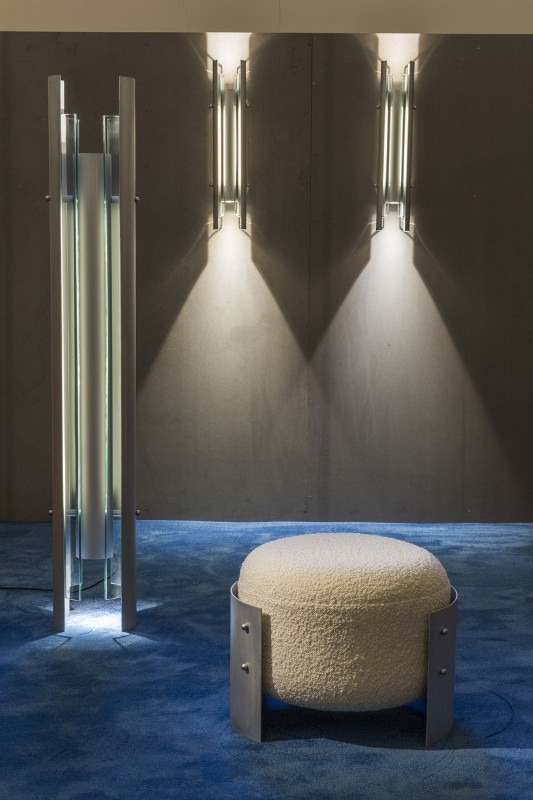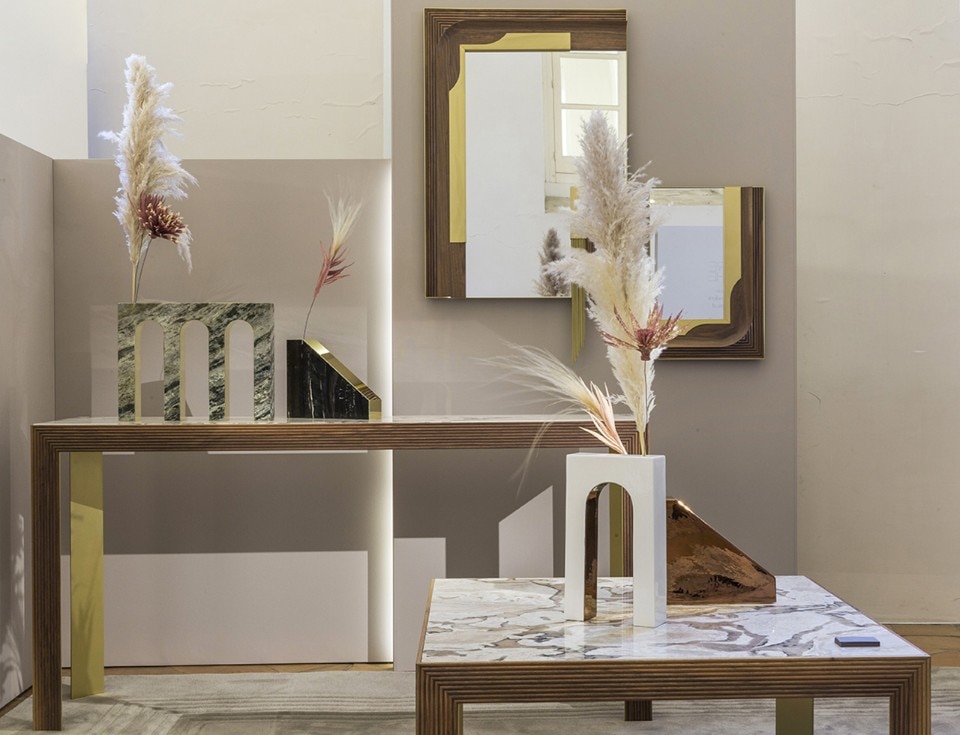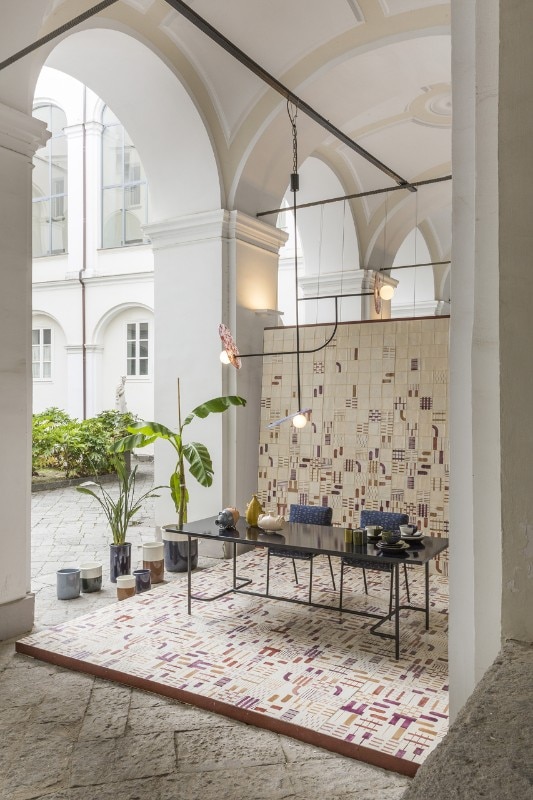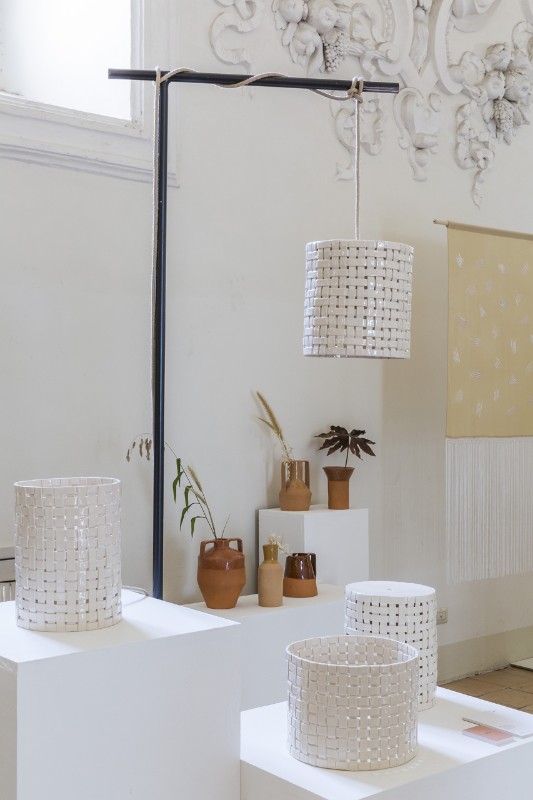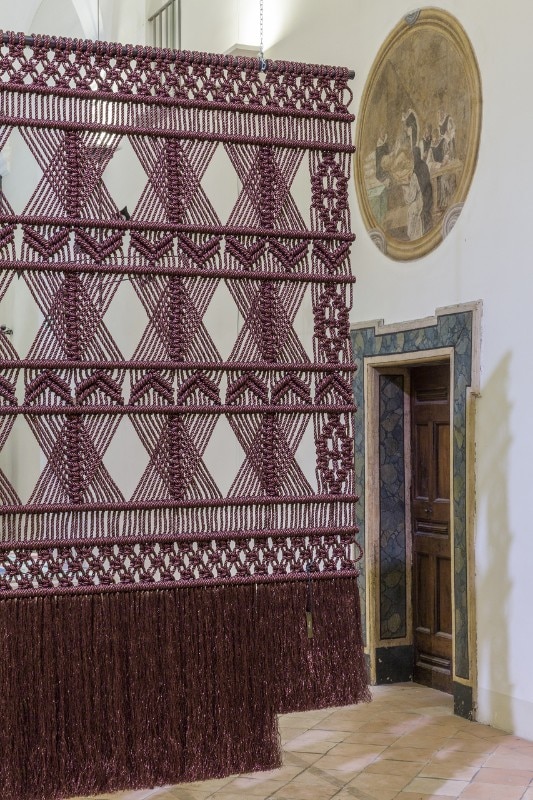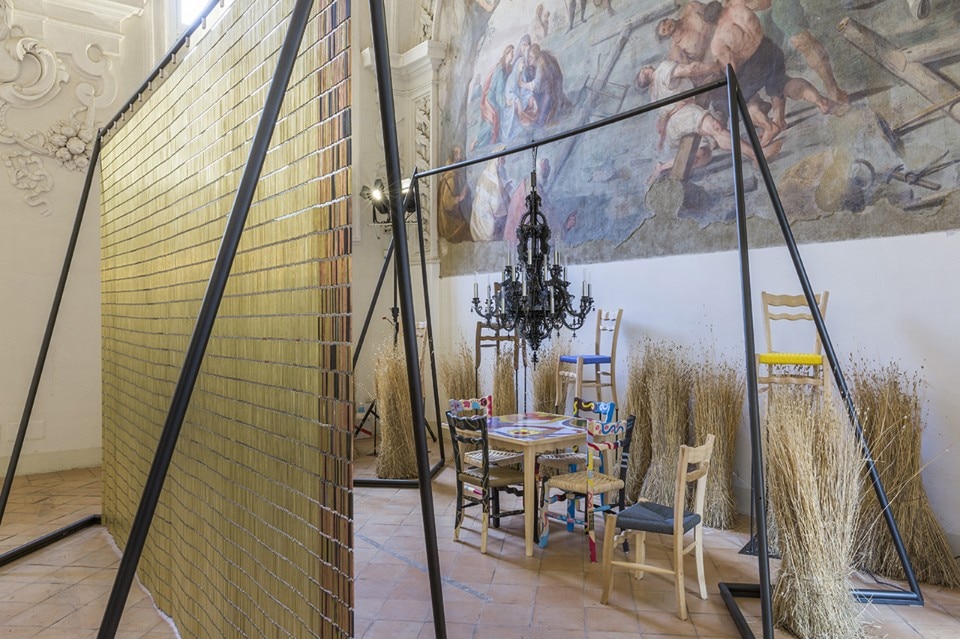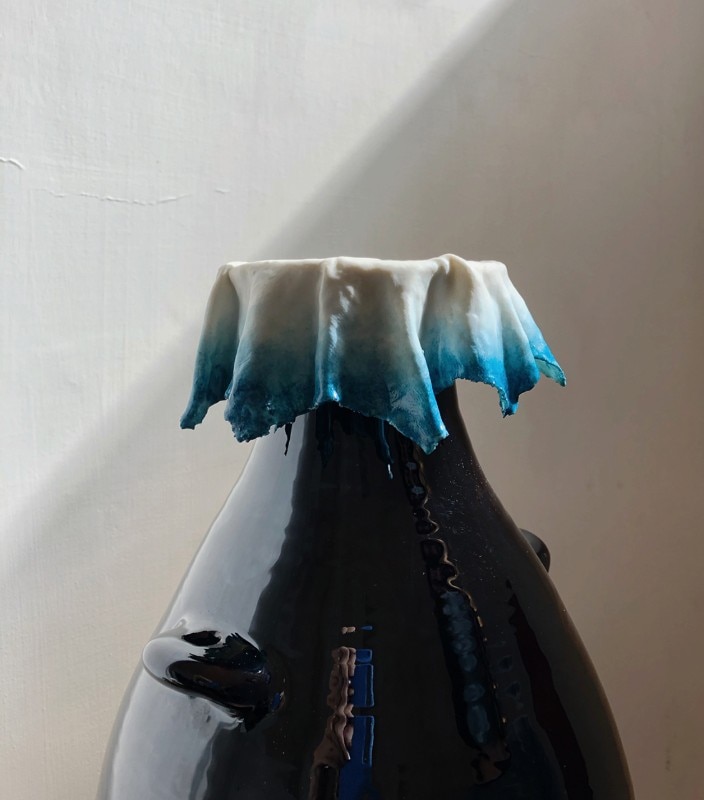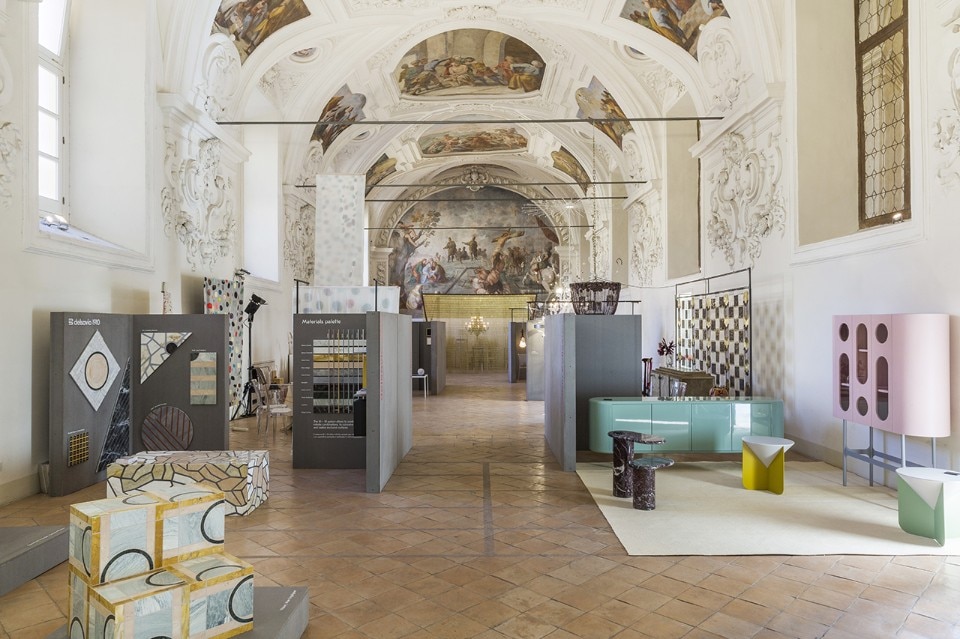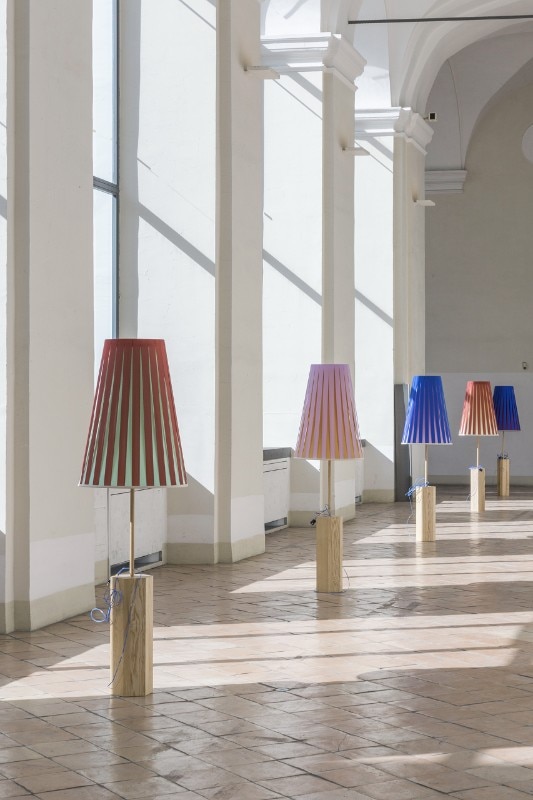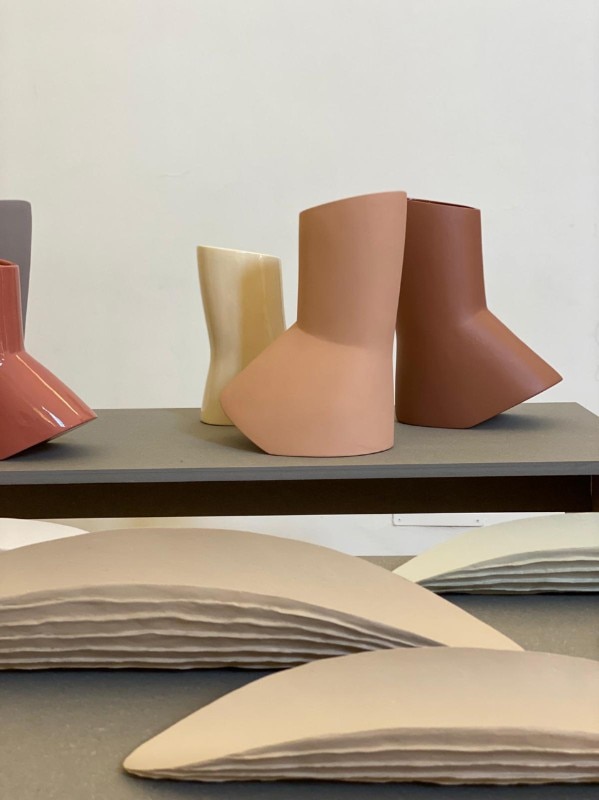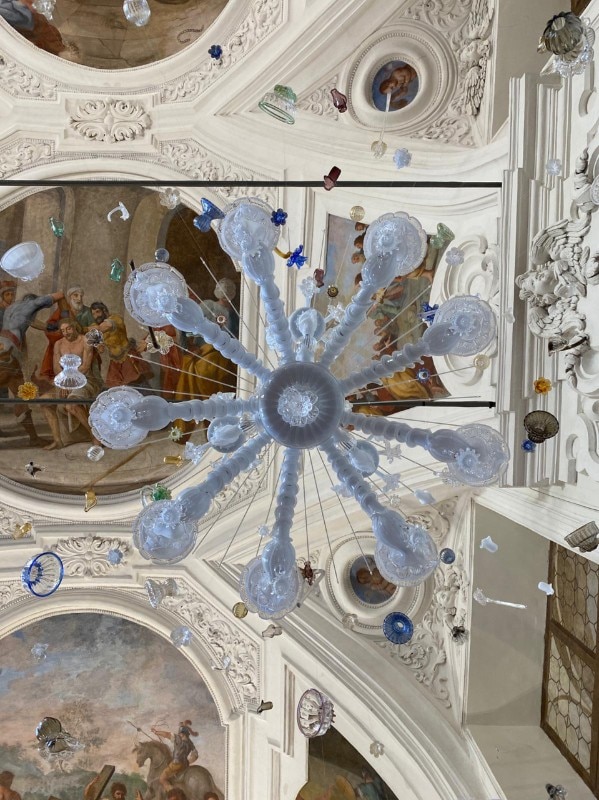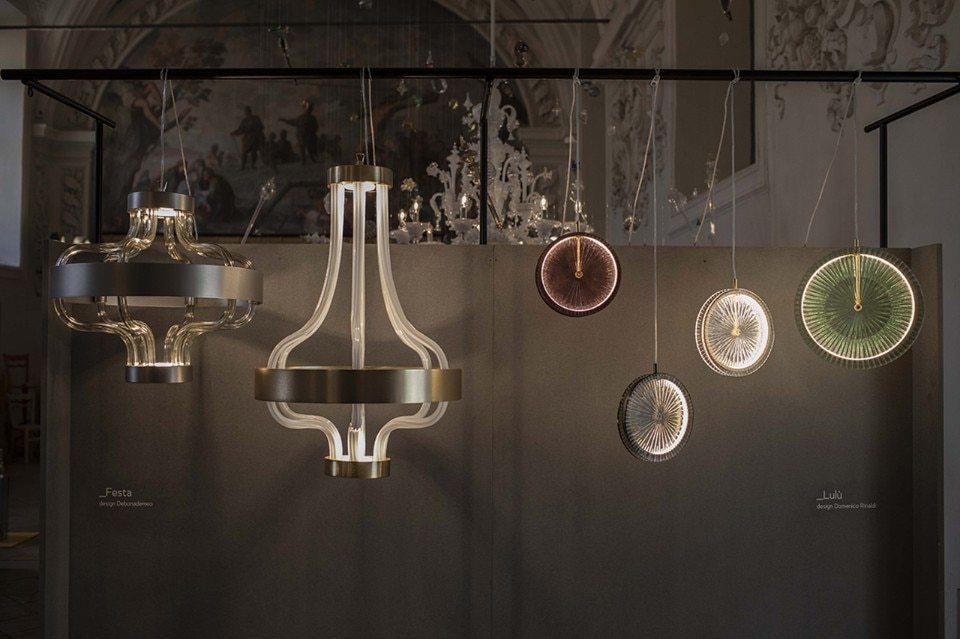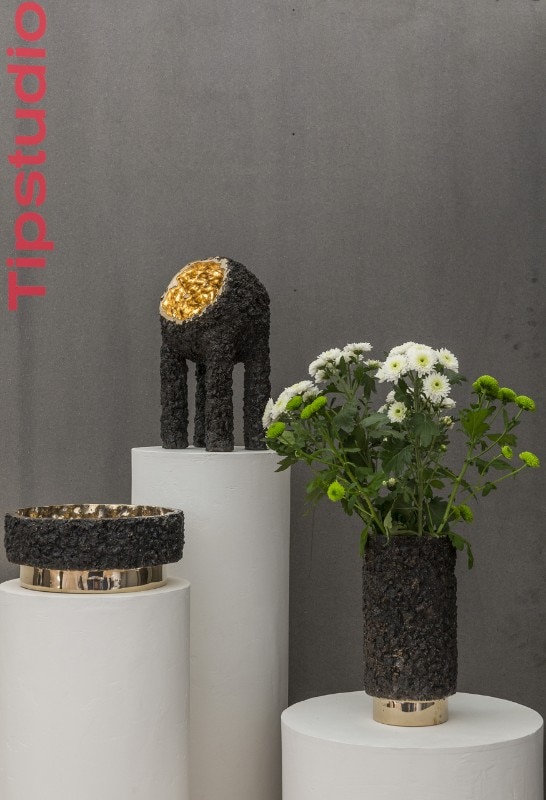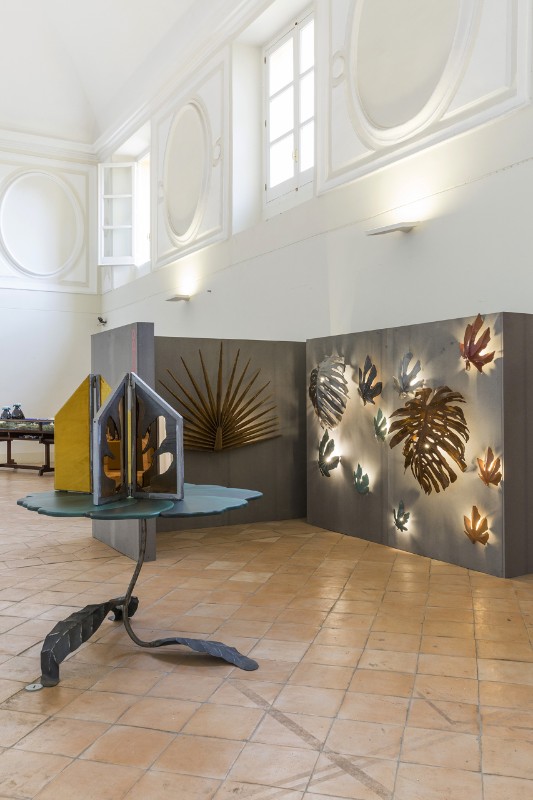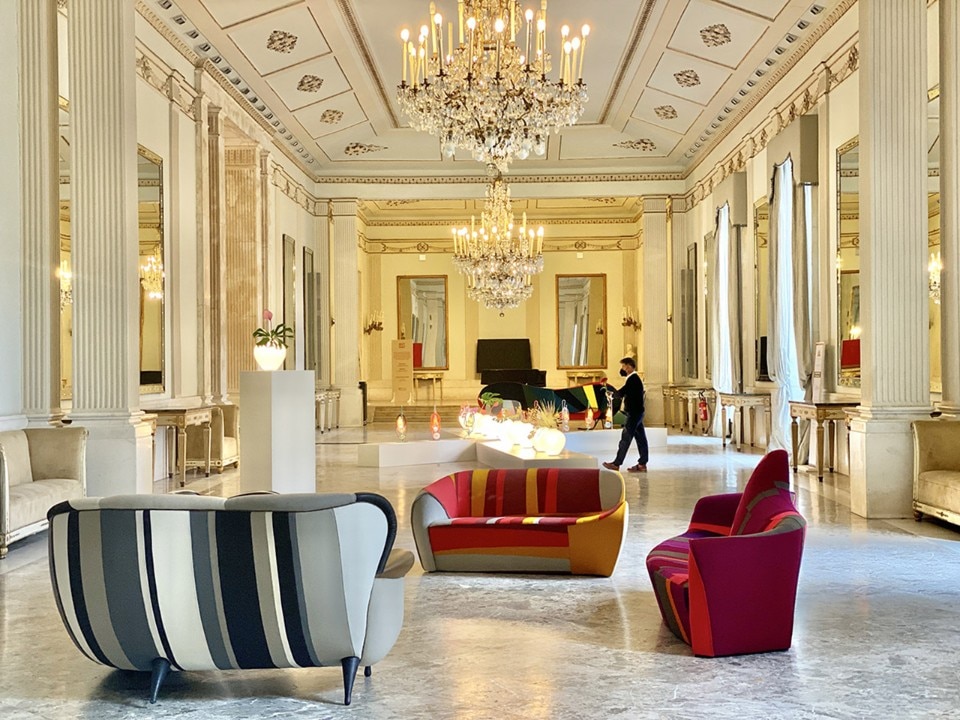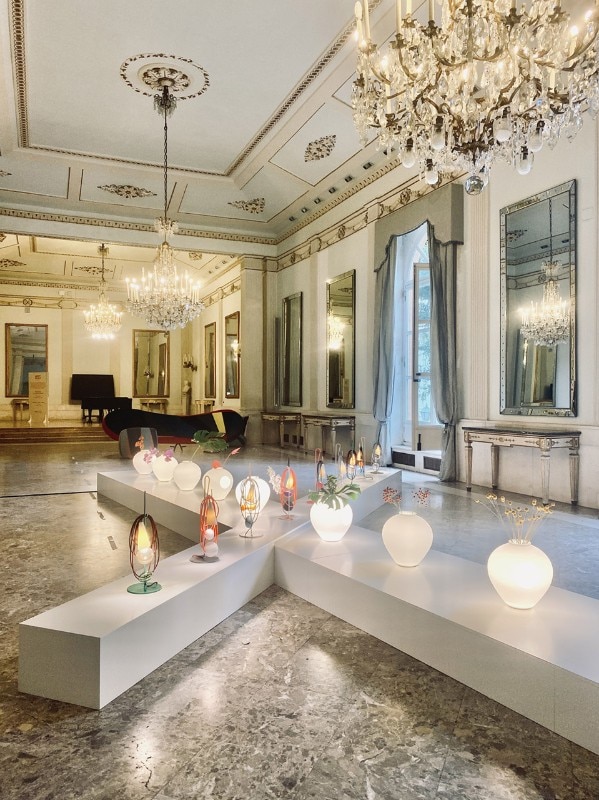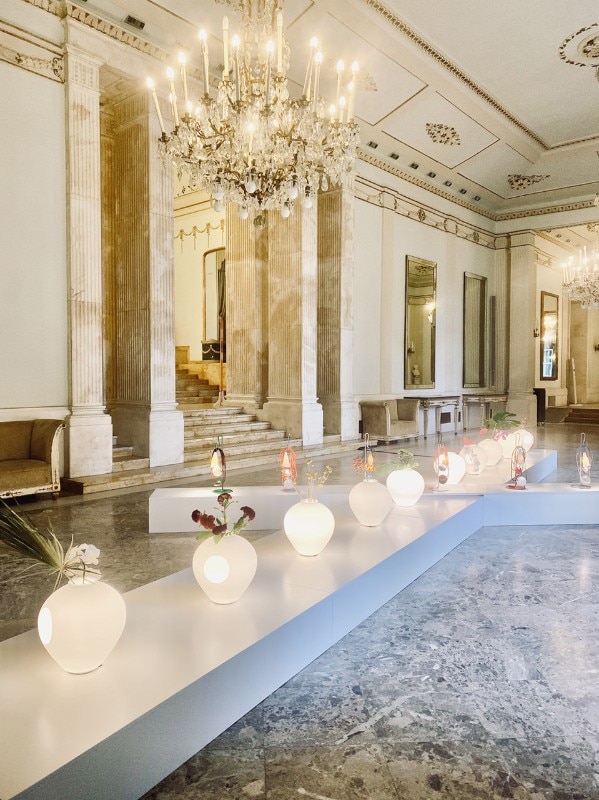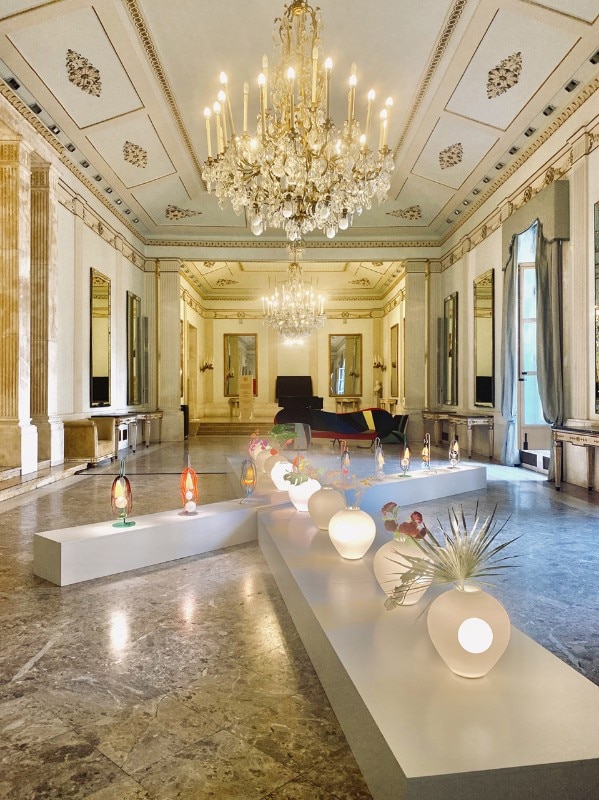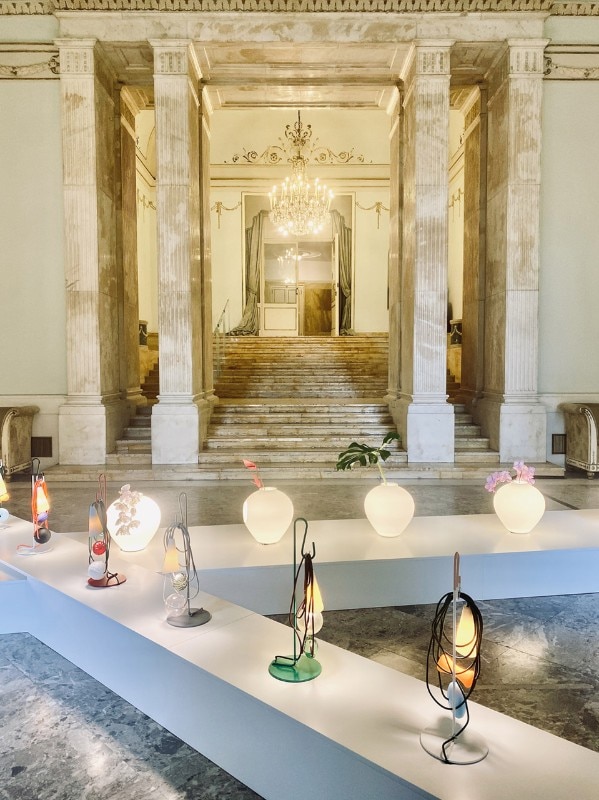The book Elogio alla lentezza (2014) by Lamberto Maffei is an appeal to the recovery of humanism and to put knowledge and techniques at the service of the realization of a "good life". In an age of consumer bulimia, which demands compulsiveness and little rational meditation, Maffei explores the values and advantages of a civilization dedicated to reflexivity and slow thinking.
"In Latin otium, literally 'idleness', is contrasted with the term negotium, 'non idleness', understood as work activity. (...) Idleness has not always been interpreted negatively or even associated with the worst vices, of which it would even be the father; rather, it was understood as free time for reflection, for studies, for thought," writes Maffei.
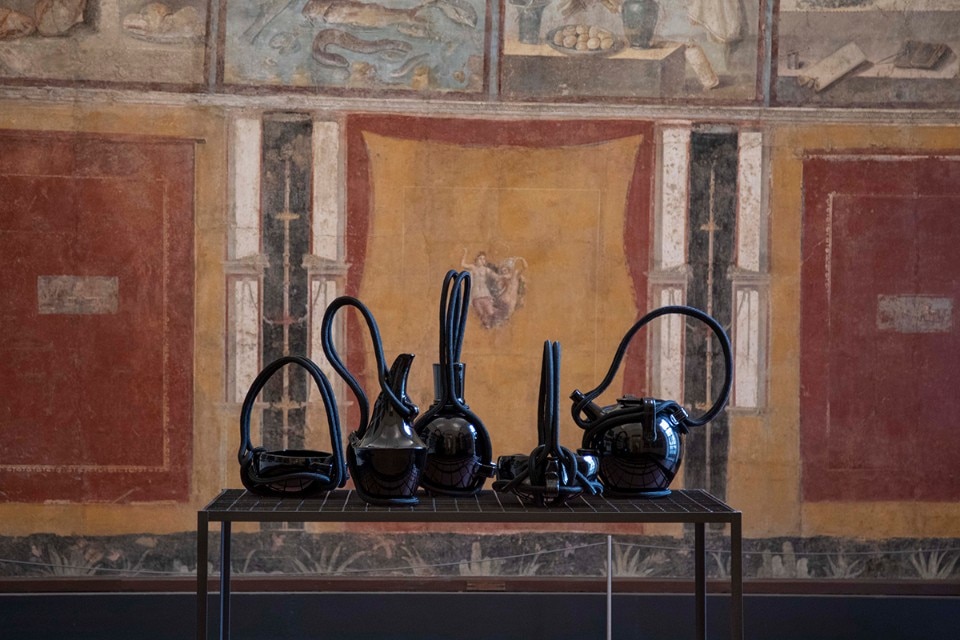
If we apply the reflections of the neurobiologist and writer to the design world, we can only claim new spaces for reflection and discussion, in which to associate the exhibition and communication of products – all too often shouted with hysteria – with the values of the project, so we need calm tones and dilated times.
With Edit Napoli, entrepreneur Emilia Petruccelli and curator Domitilla Dardi go exactly in the latter direction. The founders of the fair – now in its second edition – have selected a not too large group of craftsmen, designers and makers, Italian and not only, who work on the design and production of objects using non-industrial techniques.
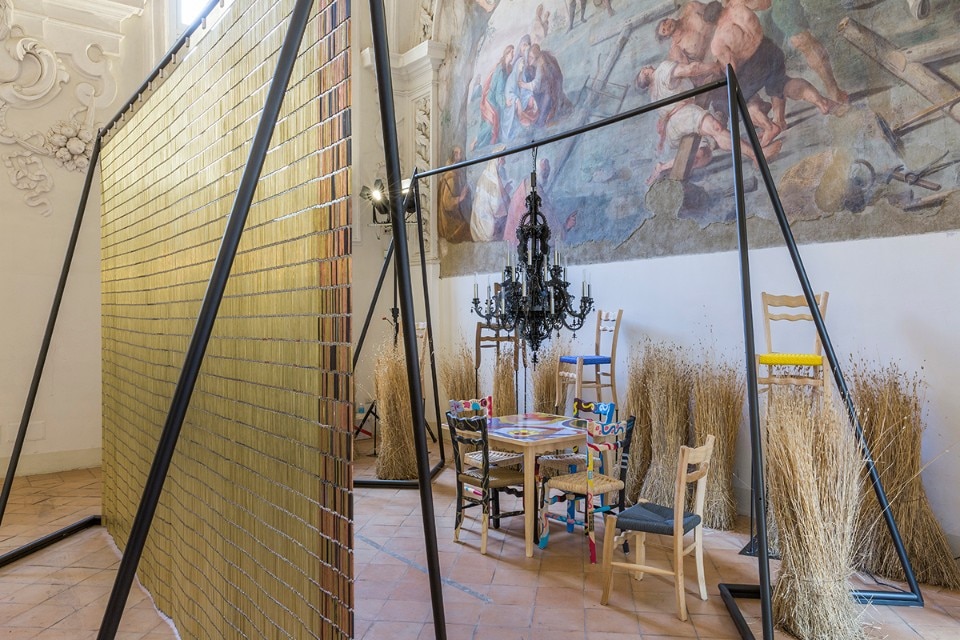
Edit is the fair of "editorial design": small series and a few unique pieces illustrate an artisan way of doing things that has never disappeared, not even in the golden years of industrial design. This perspective lies between the collectible, a recent and growing movement in which gallery owners promote unique pieces, often sculptural and hyper-experimental, and that of industrial production, often schizophrenically seeking to maximise profits while leaving research behind.
The context of Edit is perfect for the size and quality of the proposals: 70 exhibitors, a room dedicated to emerging proposals, the Made in Edit project with the ever-present Sara Ricciardi, three special projects and a workshop, Orografie, which gives the opportunity to very young designers to produce a piece of furniture with the newborn company.
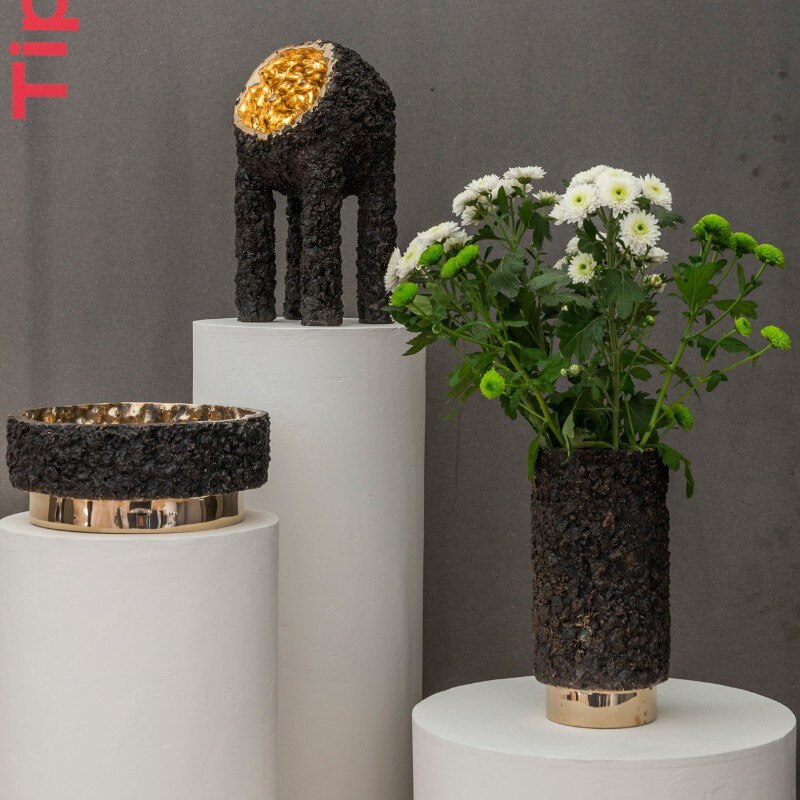
As is almost customary now (Manifesta 12 Palermo docet) the various parts of the event are scattered throughout the historic centre of Naples, creating remarkable connections with the city's architectural heritage. The main section with all the exhibitors is located, as last year, at the Monumental Complex of San Domenico Maggiore, while the three Edit Cult exhibitions are hosted by the Teatro di San Carlo, the Gaetano Filangieri Civic Museum and the MANN, National Archaeological Museum of Naples.
In addition to the pleasure of being able to touch objects again, what is striking in positive terms is the average quality of the displays. Having a careful selection of participants allows us to avoid wasting time and to dedicate the right amount of time to (almost) all the projects on display, without too much stress. Among the halls of the Complesso we found all sorts of stuff: from the new marble patterns by Delsavio 1910 together with Zanellato and Bortotto to "Rame at Home" by De Castelli with Lanzavecchia + Wai, from the cement landscapes by Studio Irvine for Forma & Cemento to the contemporary grits produced by Basis Rho.
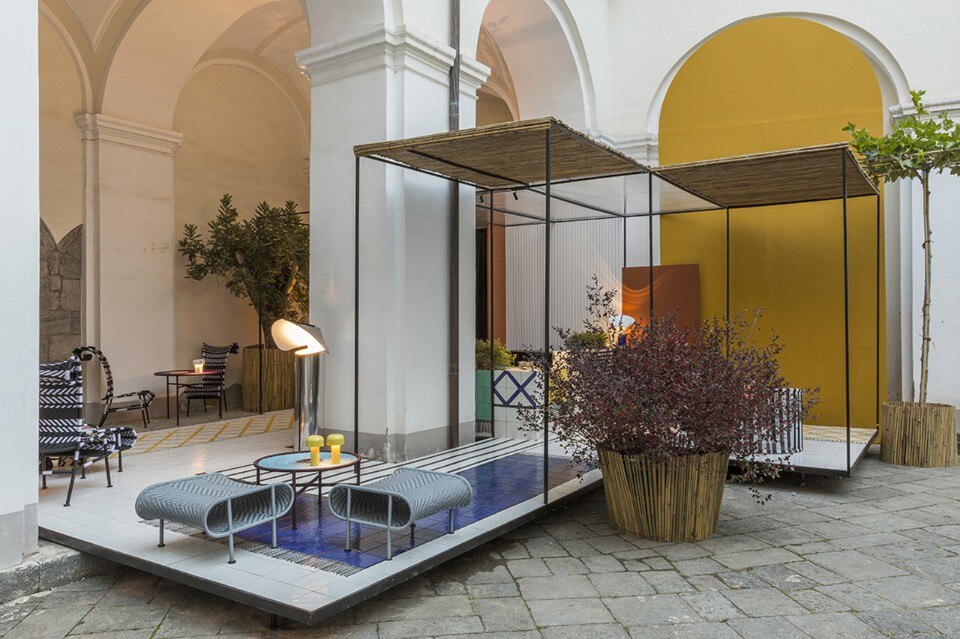
Of the three Edit Cult, the exhibition undoubtedly most fascinating is "Aritmia", an exhibition that recounts the collaboration between Ceramica Gatti 1928 and Andrea Anastasio. The designer, artistic director of the brand since 2017, reinterprets the extensive archive of the Ceramic Art Workshop in a very contemporary way, with six collections that upset the great heritage of technical forms and knowledge that craftsmen have accumulated over the course of its almost century-old history.
Also for Edit Cult, a spectacular site specific installation by Jaime Hayon for Bosa, entitled "Ceramic Tower", dialogues with the works collected by the Prince of Satrianao, Gaetano Filangieri, at the end of the 19th century. The Teatro di San Carlo houses the collections of Martino Gamper for Moroso (Metamorfosi) and Andrea Anastasio for Foscarini (Madre e Filo).
- Event:
- Edit Napoli
- Curator and director:
- Emilia Petruccelli
- Curator:
- Domitilla Dardi
- Cultural partners:
- Institut Français Napoli, Museo Archeologico Nazionale di Napoli, Museo Civico Gaetano Filangieri, Teatro di San Carlo
- Edit Cult partners:
- Bosa, Ceramica Gatti 1928, Foscarini, Moroso
- Retail partner:
- Monomio
- Opening dates:
- 16-18 October 2020
- Location:
- Monumental Complex of San Domenico Maggiore + other locations, Naples


